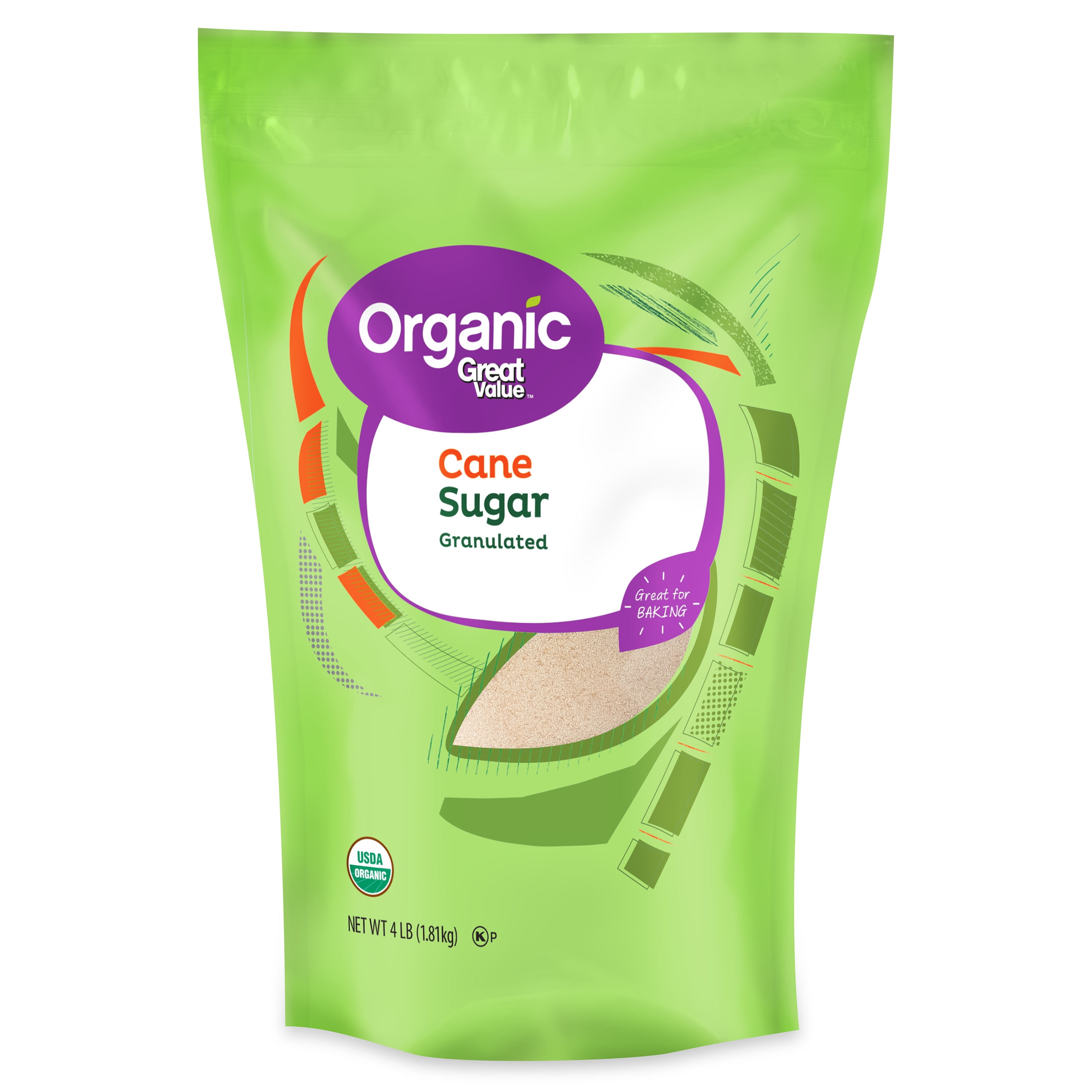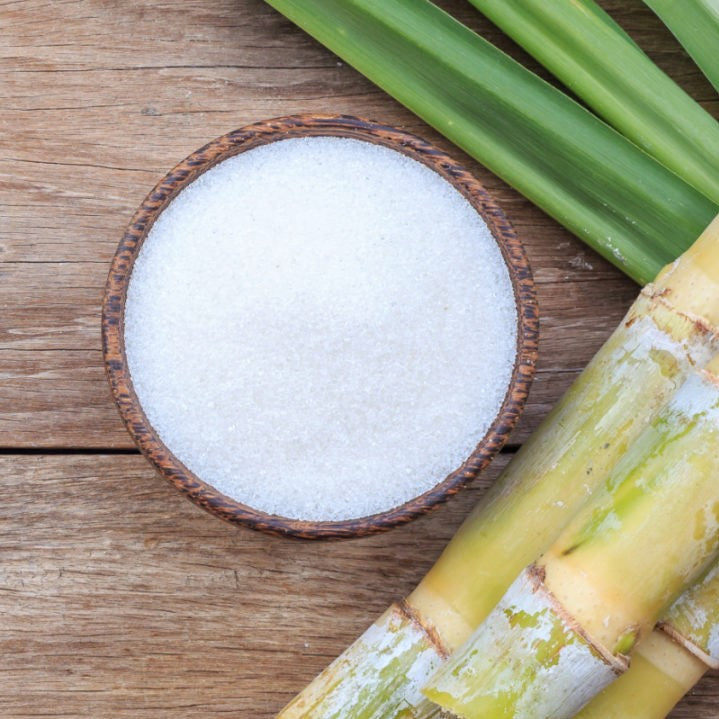An In-Depth Guide to the Environmental Impact and Sustainability Practices in Walking Stick Sugar Handling
The environmental influence of walking stick sugar handling provides a complicated array of obstacles that warrant cautious evaluation. From dirt deterioration and too much water usage to the carbon footprint linked with growing and manufacturing, the repercussions of conventional techniques are significant. What specific techniques can be applied to strike an equilibrium between efficiency and environmental stewardship?
Review of Walking Stick Sugar Handling
Walking stick sugar handling involves a collection of methodical steps that change sugarcane into polished sugar. Initially, gathered sugarcane is delivered to processing centers, where it undergoes cleansing to get rid of soil and particles. Following this, the cane is squashed to remove juice, which is then made clear by removing pollutants via home heating and the enhancement of lime.
The clarified juice goes through evaporation, where water is gotten rid of to focus the sugar web content. These crystals are separated from the remaining syrup utilizing centrifugation, resulting in raw sugar.
The final item is after that dried out and packaged for distribution. Throughout this entire procedure, preserving performance and top quality control is vital to make sure the sugar satisfies industry requirements. Each step in walking stick sugar handling not just contributes to the final product however likewise has ramifications for resource usage and waste generation, establishing the stage for conversations on sustainability and ecological influences linked with sugar manufacturing.
Ecological Difficulties of Manufacturing
The manufacturing of cane sugar presents several significant environmental obstacles that warrant focus. One key problem is the considerable use agrochemicals, consisting of pesticides and plant foods, which can cause soil deterioration, biodiversity loss, and contamination of local water resources. The runoff from sugarcane fields often lugs these chemicals right into close-by environments, interrupting aquatic life and influencing the wellness of neighborhoods reliant on these water bodies.
One more challenge is the high power intake related to sugarcane processing. The boiling and refining phases need substantial warmth, mostly generated by shedding nonrenewable fuel sources, contributing to greenhouse gas exhausts. Furthermore, the expansive land location required for sugarcane cultivation can bring about deforestation and environment destruction, more worsening climate adjustment and threatening wild animals.
Furthermore, the labor techniques in some areas raise honest problems, as workers might deal with inadequate working conditions and poor earnings. This situation usually continues a cycle of poverty in neighborhood neighborhoods. Cane Sugar Processing. Addressing these ecological obstacles is important for developing much more lasting methods in walking cane sugar production, eventually profiting both the atmosphere and the areas associated with this sector
Water and Land Usage Effect
Water sources and land utilization are vital parts in the cane sugar industry that significantly impact the atmosphere. The farming of sugarcane requires substantial water input, with quotes recommending that it can eat up to 2,000 liters of water per kilogram of sugar created. This extensive use water frequently causes deficiency of local water resources, impacting not only the sugarcane vineyards yet likewise bordering ecosystems and communities that depend on the exact same water resources for farming and residential usage.

Additionally, land usage for sugarcane growing can lead to logging and the conversion of natural environments right into monoculture vineyards. This technique reduces biodiversity, disrupts regional ecosystems, and adds to dirt deterioration. The development of sugarcane fields often encroaches on useful farming land, creating competition for sources between food and biofuel production.
Lasting techniques, such as optimizing irrigation methods and carrying out plant rotation, are necessary to mitigate these impacts. By embracing extra efficient water usage and land administration methods, the walking cane sugar industry can minimize its eco-friendly impact, making sure an equilibrium in between agricultural efficiency and environmental conservation.
Greenhouse Gas Emissions
Greenhouse gas exhausts stand for a substantial ecological issue within the walking stick sugar handling market, especially as farming techniques increase to fulfill international need. The farming of sugarcane, a plant that thrives in tropical climates, relies heavily on synthetic fertilizers and chemicals, which add to laughing gas exhausts. In addition, land-use adjustments, consisting of deforestation for brand-new sugarcane plantations, release carbon dioxide kept in plant life and dirt.
Throughout processing, energy consumption is an additional significant source of greenhouse gas emissions - Cane Sugar Processing. Several sugar continue reading this mills use fossil fuels to power machinery and create warm, resulting in substantial carbon impacts. In addition, the transport of raw sugarcane and finished items adds layers of emissions via fuel burning in automobiles
The cumulative result of these discharges exacerbates climate adjustment, presenting risks not just to the environment yet likewise to the lasting feasibility of the industry. Stakeholders need to recognize the immediate need for thorough methods that address these discharges. This involves examining current farming practices, processing approaches, and transportation systems to recognize areas for enhancement and reduction. Addressing greenhouse gas emissions is essential for promoting a more lasting cane sugar market in a transforming environment.

Sustainable Practices and Innovations
Lasting methods and developments are significantly essential in the walking cane sugar processing industry as stakeholders seek to minimize ecological influences while keeping productivity. One considerable improvement is the execution of integrated plant administration, which enhances resource use by incorporating soil administration, insect control, and plant rotation techniques. This strategy improves return while minimizing chemical inputs and maintaining soil health.
Moreover, the fostering of renewable resource resources, such as biomass from sugarcane deposits, has obtained traction - Cane Sugar Processing. By converting waste items right into energy, processing centers can reduce their reliance on fossil gas, thereby reducing greenhouse gas exhausts
Water management practices have actually also seen enhancements via the recycling and reusing of water in processing plants, substantially reducing freshwater consumption. Advancements in modern technology, such as precision agriculture, allow farmers to keep an eye on plant wellness and resource usage better, guaranteeing sustainable growing techniques.
In addition, qualification programs like Fair Trade and Rainforest Alliance motivate ecologically accountable farming methods and advertise social equity within the supply chain. By welcoming these lasting methods and innovations, the cane sugar processing industry can enhance its durability and contribute positively to ecological stewardship.
Verdict
The ecological influence of walking cane sugar handling provides considerable difficulties, including soil destruction, high water intake, and greenhouse gas exhausts, along with honest worries associated to labor practices. Addressing these issues via lasting methods, such as integrated plant monitoring, eco-friendly energy adoption, and water recycling, is important. By advertising socially equitable and environmentally liable techniques in sugar production, the industry can minimize its negative effects, ensuring an extra sustainable future for both ecosystems and have a peek at this website areas included in this sector.
Walking cane sugar processing involves a collection of systematic actions that transform sugarcane right into refined sugar. Each action in walking stick sugar handling not only adds to the final item but additionally has ramifications for source company website use and waste generation, establishing the stage for conversations on sustainability and environmental influences associated with sugar manufacturing.
Greenhouse gas emissions stand for a significant ecological worry within the walking stick sugar processing industry, specifically as farming techniques broaden to fulfill worldwide need.Sustainable methods and innovations are significantly vital in the walking stick sugar handling industry as stakeholders seek to lower environmental effects while keeping productivity.The environmental influence of cane sugar processing provides substantial challenges, including dirt deterioration, high water consumption, and greenhouse gas discharges, along with moral concerns associated to labor techniques.
Comments on “Cane Sugar Processing: Key Technologies for Superior Sugar Production”